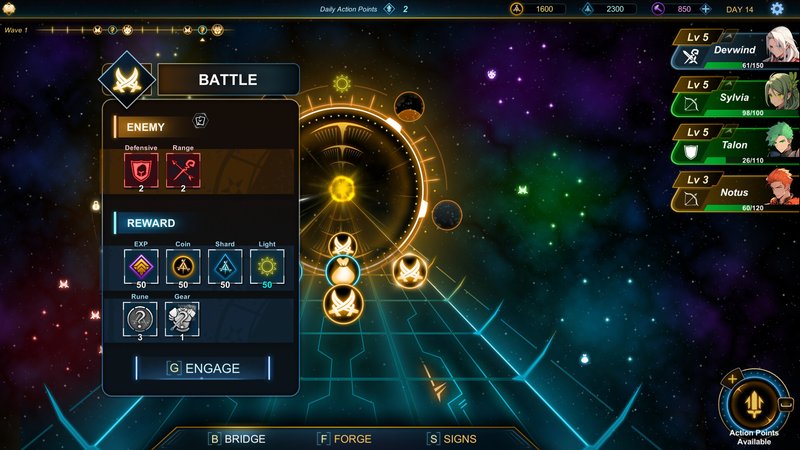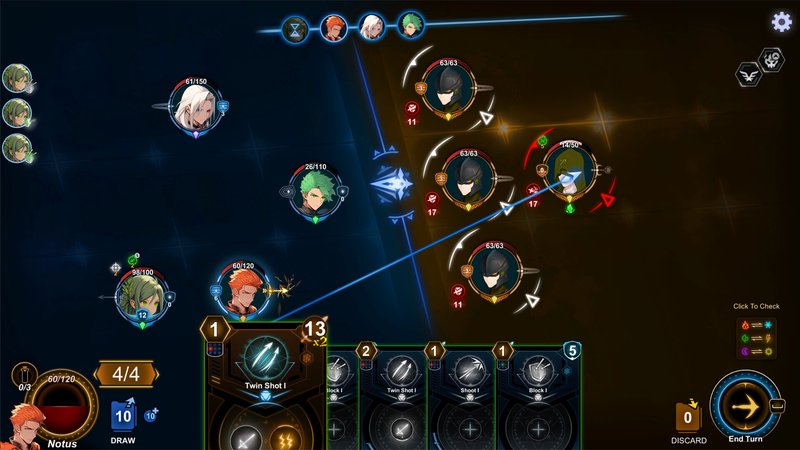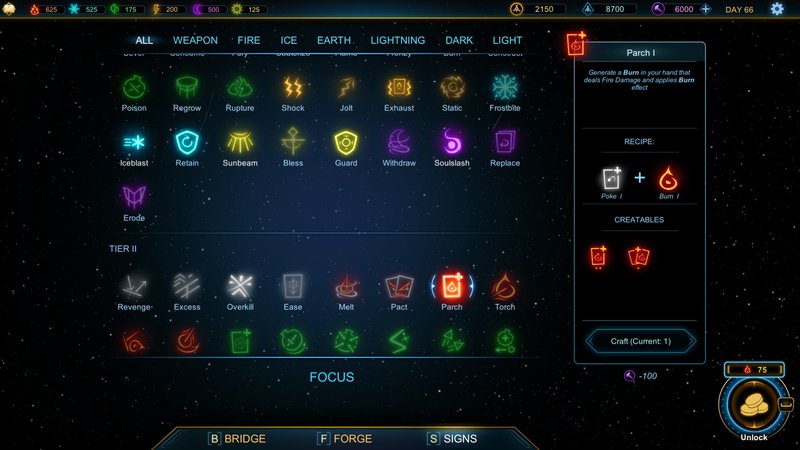Review: Rune Gate
Rune Gate Review: A Promising Yet Imperfect Addition to the Deckbuilding Genre
While examining the latest entrant to the ever-expanding pantheon of deckbuilding games, I find myself reaching for my trusted Montblanc fountain pen, its nib gliding across my leather-bound notebook as I contemplate the curious amalgamation of systems before me.
Aesthetic and Interface Design
Rune Gate immediately distinguishes itself with a rather sophisticated visual presentation. The celestial backdrops and neo-futuristic interface elements create an atmosphere that’s decidedly more premium than one might expect from its modest price point.

The UI architecture demonstrates considerable thought, managing to present complex systems without descending into the sort of visual cacophony that plagues lesser titles. The color palette, dominated by deep cosmic purples and ethereal blues, creates an appropriately mystical atmosphere that serves the game’s thematic elements well.
Mechanical Depth
The game’s primary innovation lies in its ambitious rune system, which allows for considerable customization of individual cards.

While not quite achieving the Byzantine complexity of Metroplex Zero’s legendary augmentation system, it does offer a refreshing degree of granularity in how players can modify their tactical options. The ability to slot up to four runes per card creates interesting decision points, though I dare say the system occasionally feels more mechanically dense than strategically profound.
Character Progression

The character advancement system presents a serviceable, if somewhat conventional, approach to progression. While the shield-focused builds bring to mind the legendary “turtle strategies” from Deep Sky Derelicts, the overall implementation feels more iterative than innovative.
Tactical Depth
The combat system demonstrates genuine promise, with positional elements that create meaningful tactical decisions.

The spell-crafting interface, while aesthetically pleasing, doesn’t quite reach the heights of complexity found in more esoteric titles like Tainted Grail: Conquest. However, it does provide sufficient depth to maintain engagement through multiple play sessions.
Areas for Improvement
Several aspects of Rune Gate could benefit from additional refinement. The balance between different strategic approaches feels somewhat uneven, and the meta-progression system, while comprehensive, occasionally threatens to overshadow the core tactical experience.
Final Thoughts
Rune Gate presents an intriguing addition to the deckbuilding genre, offering a robust customization system and competent tactical gameplay. While it may not revolutionize the genre in the way that certain seminal titles have, it demonstrates sufficient innovation and polish to warrant attention from enthusiasts of the form.
The game’s greatest strength lies in its card customization system, though this is somewhat offset by occasional balance issues and a meta-progression system that could benefit from additional refinement.
Setting down my fountain pen and taking a final sip of Earl Grey, I find myself cautiously optimistic about Rune Gate’s future in the increasingly crowded deckbuilding space.
Pros:
- Sophisticated card customization system
- Elegant visual presentation
- Meaningful tactical decisions
- Robust character progression options
Cons:
- Balance issues in later stages
- Over-reliant on meta-progression
- Some systems lack strategic depth
- Occasional interface inconsistencies
Reviewed by Elm Whitmore, Ph.D.
Oxford University Chair of Interactive Entertainment Studies
Using my cherished Montblanc Meisterstück 149 fountain pen
Score
Overall Score: 6/10
Developer: Devwind
Release Date: Jun 6, 2024
Steam Page: Rune Gate